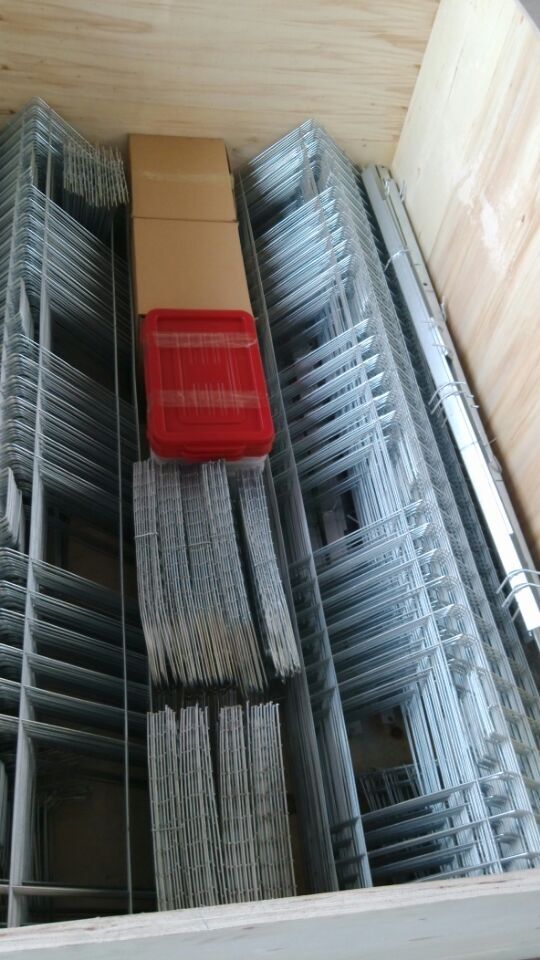a cage for poultry
Nov . 14, 2024 12:44 Back to list
a cage for poultry
A Cage for Poultry Understanding the Importance of Proper Housing
When it comes to raising poultry, one of the most critical components of successful management is providing an appropriate living environment. The phrase a cage for poultry evokes a variety of considerations, from animal welfare to efficiency in production. In this article, we will explore the significance of poultry housing, the different types of cages available, and best practices for maintaining a healthy and productive flock.
The Importance of Poultry Housing
Poultry housing plays a crucial role in the overall health and productivity of birds, whether they are chickens, ducks, or turkeys. Proper housing protects birds from predators and adverse environmental conditions, while also facilitating optimal management practices. An adequately designed cage can significantly reduce stress levels among the birds, leading to improved growth rates, egg production, and overall well-being.
Birds that are housed in clean, well-structured cages are less prone to diseases and injuries, which can occur in overcrowded or poorly designed environments. Moreover, a suitable cage allows for effective waste management, thereby reducing the risk of contamination and disease. In essence, the right housing leads to healthier birds, which ultimately translates into better returns for poultry farmers.
Types of Cages
There are several types of cages designed specifically for poultry, each having its own advantages and disadvantages. The choice of cage largely depends on the scale of production, type of poultry, and the specific needs of the birds.
1. Battery Cages Commonly used in commercial egg production, battery cages are designed to house several hens in a small space. While they maximize space efficiency and ease of egg collection, they have faced significant criticism for restricting the natural behaviors of birds.
2. Free-range Systems These systems allow poultry to roam outside, providing them with more space and the opportunity to engage in natural behaviors. Though this method can enhance animal welfare, it requires more land and resources to manage effectively.
3. Floor Systems In floor systems, birds are raised in indoor environments on the ground, with adequate space and bedding. This approach can provide a balance between natural behavior and efficiency, allowing birds to move and socialize while still being protected from outdoor predators.
a cage for poultry

4. Enriched Cages These cages offer slightly more space than traditional battery cages and include features that encourage natural behaviors, such as perches, nesting boxes, and scratching areas. Enriched cages represent a compromise between animal welfare and commercial viability.
Best Practices for Poultry Housing
Regardless of the cage type, certain best practices should always be followed to ensure the health and well-being of poultry
- Maintain Cleanliness Regular cleaning of cages and surrounding areas is essential to prevent the buildup of waste and the spread of diseases. A clean environment contributes to healthier birds and reduces the risk of contamination in food products.
- Provide Adequate Space Overcrowding can lead to stress and aggression among birds. Ensure that each bird has enough space to move comfortably and engage in natural behaviors.
- Temperature and Ventilation Proper temperature control and ventilation are vital for maintaining a comfortable environment. Poultry are sensitive to extreme temperatures, and a well-ventilated cage helps reduce the risk of respiratory illnesses.
- Monitor Health Regularly check the flock for any signs of illness or distress. Early detection of health issues can prevent outbreaks and ensure that birds are raised in optimal conditions.
- Nutrition and Water Ensure that birds have constant access to clean water and a balanced diet tailored to their specific needs. Proper nutrition is fundamental in promoting health and productivity.
In conclusion, a cage for poultry is more than just a means of confinement; it is a critical aspect of responsible poultry farming. By understanding the importance of proper housing, exploring various cage types, and implementing best practices, poultry farmers can enhance the well-being of their flocks while ensuring productivity and sustainability in their operations.
-
Hot Sale 24 & 18 Door Rabbit Cages - Premium Breeding Solutions
NewsJul.25,2025
-
Automatic Feeding Line System Pan Feeder Nipple Drinker - Anping County Yize Metal Products Co., Ltd.
NewsJul.21,2025
-
Automatic Feeding Line System Pan Feeder Nipple Drinker - Anping County Yize Metal Products Co., Ltd.
NewsJul.21,2025
-
Automatic Feeding Line System - Anping Yize | Precision & Nipple
NewsJul.21,2025
-
Automatic Feeding Line System - Anping Yize | Precision & Nipple
NewsJul.21,2025
-
Automatic Feeding Line System-Anping County Yize Metal Products Co., Ltd.|Efficient Feed Distribution&Customized Animal Farming Solutions
NewsJul.21,2025






